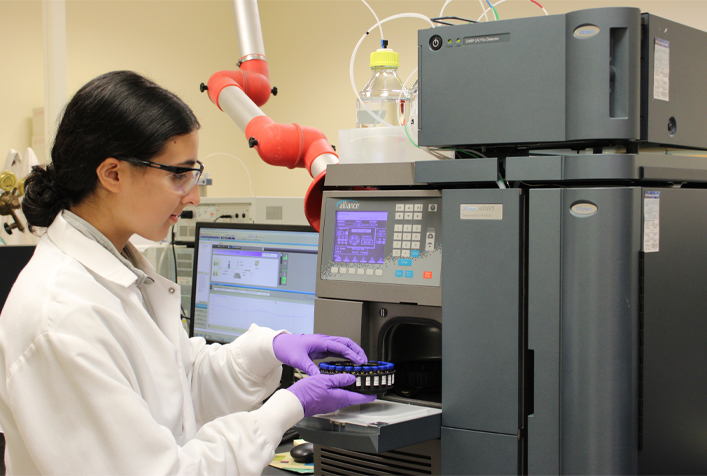Supporting EPA’s Photochemical Air Monitoring Station (PAMS) Program

Project Brief
The Challenge
Ground-level ozone, one of our nation’s most common air pollutants, is formed when volatile organic compounds and nitrogen oxides react in the presence of sunlight. When inhaled, ozone can cause a number of respiratory health effects and be especially harmful to people with lung diseases such as asthma and emphysema. Because of its potential health impacts, ozone is one of the six criteria pollutants regulated under the Clean Air Act, and the U.S. Environmental Protection Agency has established a national ambient air quality standard for allowable concentrations of ozone in ambient air. Starting in the early 1990s, EPA created the Photochemical Assessment Monitoring (PAMS) program to measure ozone, its precursors, and meteorological conditions at sites across the country and make these data available in a comprehensive database for tracking and modeling trends associated with ozone concentrations in ambient air. EPA contracted with ERG to provide support to the PAMS program.
ERG's Solution
ERG has been supporting EPA’s PAMS program for decades. Our support, which varies seasonally, includes:
- Preparation. In the earlier months of each year, we prepare for the upcoming prime PAMS sampling season by certifying samplers and standards. For example, we verify that the equipment that will be used to sample carbonyls and VOCs across the PAMS network is functioning properly and is free from background contamination that could bias results. We also certify the high-pressure gas standards for use in the AutoGC analytical devices across the PAMS network and ship them out to the PAMS sampling sites.
- Shipping. The PAMS sampling network operates during the summer months, when ozone production is more prevalent due to the hotter temperatures. During these months we ship sampling media to PAMS sampling sites across the country. These sites sample for carbonyl and VOCs and ship the samples back to ERG’s laboratory. Each summer, ERG manages these logistics for over 2,500 samples.
- Analysis. Upon their arrival at ERG’s laboratory, we extract the samples, analyze them for carbonyl and VOCs, and then provide the data to state and regional agencies across the country.
- Validation. After PAMS sampling ends, ERG staff process, validate, and verify the AutoGC results and upload them into EPA’s Air Quality System.
We continually evolve our support and equipment to adapt to changes in EPA’s PAMS program and take advantage of advances in sampling and analytical technologies.
Client
U.S. Environmental Protection Agency